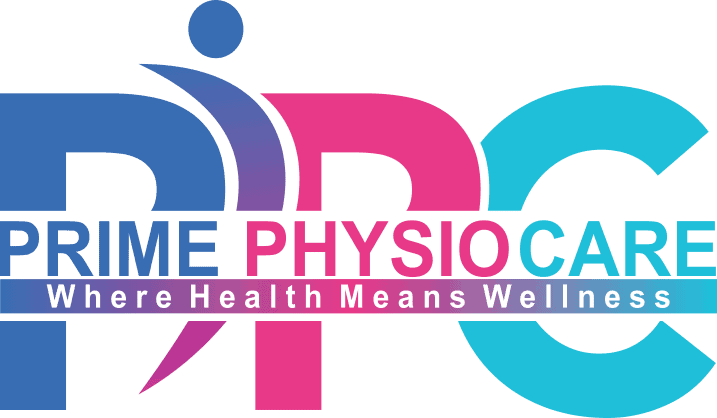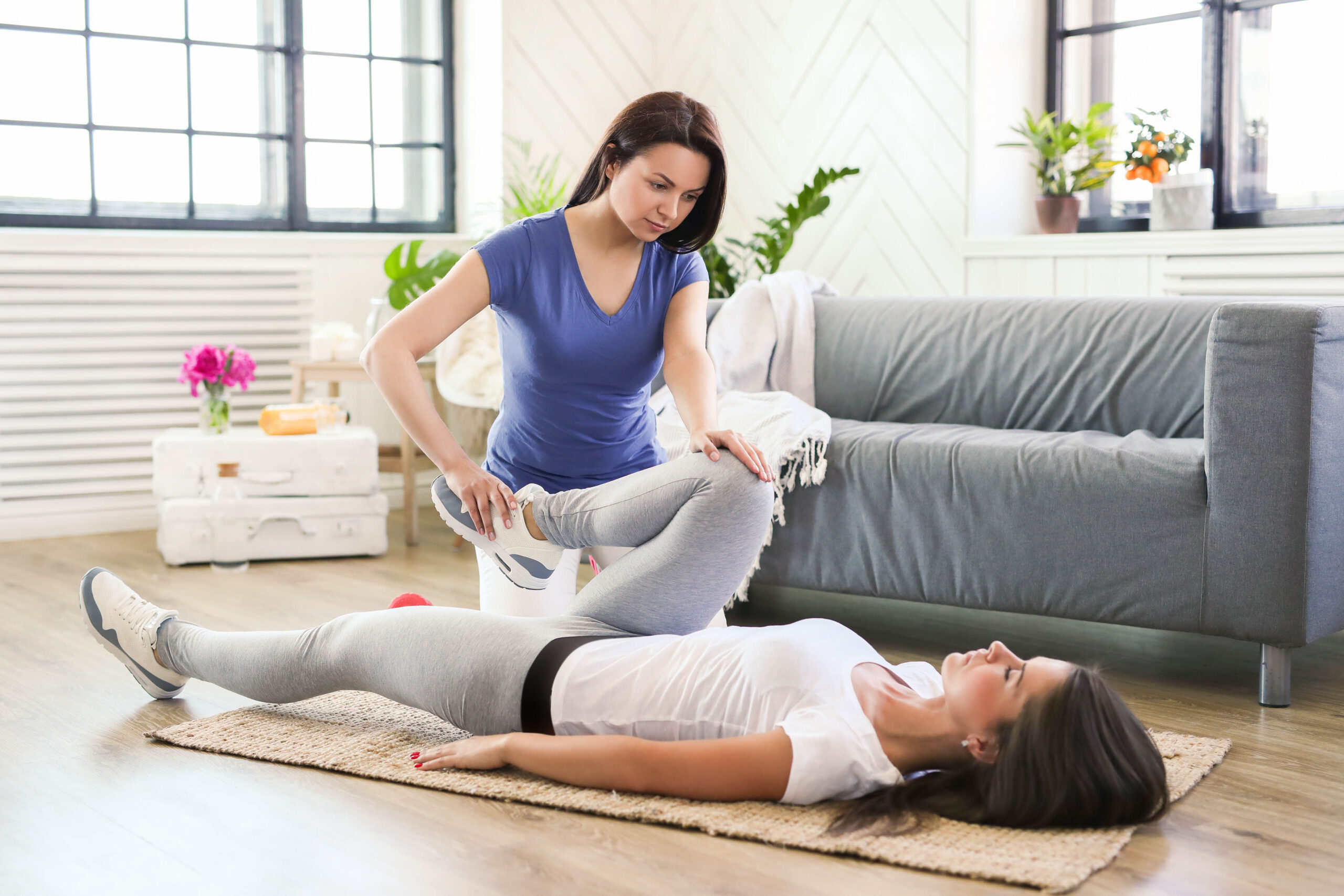Knee Osteoarthritis
Osteoarthritis is a common chronic condition among middle to older men and women. It is a slowly progressing degenerative joint disease in which there is progressive articular cartilage erosion, in the absence of or very minimal inflammation, leading to joint pain. This article suggests the best Physiotherapy exercises for knee osteoarthritis; However, many conservative and interventional methods are used, but physiotherapy exercises are usually the best solution for knee osteoarthritis.
Etiology: osteoarthritis incidence is directly related to age and an increasing amount of trauma. Other factors which also contribute are
- Occupational hazards such as working while standing for prolonged hours or repetitive knee bending
- Obesity
- Gender- females are more prone to develop knee pain
- Sports trauma for example, in contact sports
- Race
Symptoms of knee Osteoarthritis: The primary complaint patients present with is knee pain which is
- of gradual onset and progressively increasing intensity
- increased intensity with prolonged activity
- worse on climbing stairs
- improves with rest and cold press
- improves with anti-inflammatory medications
- some amount of knee stiffness
- decreased range of motion in affected joint
Physiotherapy exercise for knee osteoarthritis
With progressing knee osteoarthritis, people may find it challenging to continue day-to-day activities, leading to fatigue, depression, mood swings, and general weakness of the muscles. Fortunately for knee osteoarthritis, physiotherapy exercises can help them stay active.
The physiotherapy exercises focus on strengthening the hip, thigh, and calf muscle to stabilize and strengthen the knee joint in knee osteoarthritis.
You can always start at a slow pace, for example, ten min a day, and then gradually move upward, but 30 min is accepted as an excellent daily goal for such patients. Before starting any exercise, it is advised to do five minutes’ walk to warm up. It would help if you always focused on good posture and alignment of your joints during exercise and in routine activities. In case of any swelling or redness around the joint, consult your physician before starting any exercise.
Quadriceps exercise:
Straight leg raise exercises are designed to strengthen the quadriceps, which are the upper thigh muscle.
- lie down on a flat surface while supporting your upper body on your elbows,
- bend your left leg keeping your left foot on the floor
- Lift your right leg while keeping it straight approximately to the height of your right knee.
- Keep it for 3 seconds, slowly lower it down. Do two sets of ten repetitions of the same exercise, then switch legs.
If the straight leg raises gets tough for you can also do Quad sets. In quad sets, you do not raise your legs.
- Start by lying straight on the floor, flex quadriceps muscles,
- Hold it for few seconds, and alternate and repeat between both legs. Do two sets of ten repetitions.
Hamstring exercise:
In knee osteoarthritis, the hamstring muscle (muscle at the back of thigh) tends to get tight. Stretch exercise helps improve flexibility and range of motion. During this exercise, you will feel the stretching of your muscles in the back of your thigh.
- Lie on a flat surface keeping your back straight.
- Strap your foot in a bed sheet or a towel, and use it to elevate your leg straight up. Hold for few seconds and lower the leg slowly. You should avoid bending your knee.
- Switch leg, do three repetitions.
There are also two other alternatives to do this exercise if you find it harder to do. the hamstring stretch can also be done while standing or sitting
- While sitting (on a flat couch), extend your right leg straight while leaving your left leg on the floor comfortably.
- Put your hands on your knee and gently lean forward while sliding your hands forward. Keep your spine straight.
- You will feel stretch at the back of your thigh. Hold this position for five seconds, then switch your leg. Do five sets of this exercise.
- While standing, put your right leg on a stool and your hands on your knee, and slowly bend forward while sliding your hands forward.
- hold this position for five to
Pillow squeeze:
As the name suggests, you squeeze a pillow. This physiotherapy exercise helps you strengthen your inner thigh muscle hence stabilizing knee in knee osteoarthritis.
- Lie on your back, hold the pillow between your legs, and squeeze.
- Hold it for few seconds, then release. Repeat ten times in two sets.
- If it gets too hard for you, you can also do it while sitting down.
Calf stretch:
This exercise is directed to increase the strength and flexibility of calf muscle.
- start by standing straight, holding the back of a chair for balance
- Bend your right leg and step back on your left leg, keeping it straight behind you.
- Hold it for few seconds and repeat two times, and switch between legs.do three sets.
- You would gradually be able to increase the stretch over time.
Heel raises exercise:
- while standing straight, holding the back of a chair for support
- Lift your heels off the ground while keeping your weight on your toes.
- hold for three seconds, do two sets of ten repetitions
- If it is too hard, it can also be done while sitting in a chair.
Before starting any exercise, please be sure to consult your doctor or health care provider so that the exercises could be tailored to your specific needs. Use cold press after exercises if the joint becomes too painful to help reduce swelling.
Aquatic physiotherapy for knee osteoarthritis:
Aquatic physiotherapy exercises are also done in particular institutions for various purposes, including knee osteoarthritis. Aquatic activities are excellent for any physiotherapy. They reduce stress on the joints, and active muscle movements can help build muscle strength and flexibility.
These exercises are done in the presence of a trained professional. Although they may be slightly inconvenient than simple physiotherapy, they still are the best way for rehabilitation.
Alternative exercises:
Mild to moderate physical activity is always beneficial in Osteoarthritis. High-impact activities like jogging or contact sports are discouraged. Home-based exercises are usually the best due to their effectiveness, convenience, and no need for any sophisticated equipment. Low impact exercises like swimming, yoga, tai-chi, or brisk walks are also advised.
Alternative treatment options for knee osteoarthritis:
Besides physiotherapy exercises, knee osteoarthritis can also be managed by the following methods.
Weight loss:
In obese patients, reduction of weight can help in reducing pain in the joints. Low weight puts less strain on joints, leading to a slowing of the wear and tear process in knee osteoarthritis.
Knee Bracing:
Due to Osteoarthritis, there could be a mal-alignment of the knee. A knee brace can help relieve pain by reducing strain on the affected joint. If you feel like you are weak in the knees ( not in the romantic sense but more like they would buckle when you put pressure or weight on them), then a knee brace can significantly help you. Knee braces are mainly used in vagus and varus deformities.
Over the counter drugs:
Acetaminophen (Tylenol) is given as the first-line pain killer to reduce pain. If the patient remains symptomatic, they are shifted to non-steroidal anti-inflammatory drugs (NSAIDs).
Although quite helpful in reducing inflammation and pain, NSAIDs can also cause various side effects, especially GI bleeding in long-term use. So the patient should be evaluated before the prescription.
Other options also include
- oral or topical application of steroids
- Topical application of creams containing Capsaicin can also reduce joint pain.
Interventional Treatment:
Interventional options are only app
roached when physiotherapy exercises and conservative measures fail in knee osteoarthritis. Minor interventions include:
- Intra-articular steroid injections are somewhat helpful in reducing pain for a short duration of time. the localized delivery of steroid helps improve local inflammation and reduce systemic effects of steroids
- Hyaluronic acid injection: Hyaluronic acid found in the human body is an essential component of synovial fluid and articular cartilage. local delivery of hyaluronic acid can act as a lubricant as well as improve the production of hyaluronic acid in the joint
- Glucosamine and chondroitin sulphate were also used as dietary supplements but are now obsolete due to no positive symptomatic improvement.
- Osteotomy: High Tibial osteotomy is a major interventional surgical procedure involving cutting bone from the joint’s affected side for bone realignment. In Osteoarthritis, due to articular cartilage wear and tear knee joint becomes destabilized or mal-aligned. High tibial osteotomy helps reduce the risk or prevent the need for total or partial or total knee replacement.
- Uni-compartmental arthroplasty is also known as partial knee replacement. This procedure aims to reduce pain and improve quality of life. Partial knee replacement entails removing the affected part of the knee joint and its replacement with a prosthesis.
- Total Knee arthroplasty: Also commonly known as total knee replacement surgery. This surgery entails removing articular surfaces of the knee joint, including femur, tibia, and patella. The articular surface is removed and replaced with a prosthesis. This surgery is usually performed when the patient has dramatically reduced quality of life.

